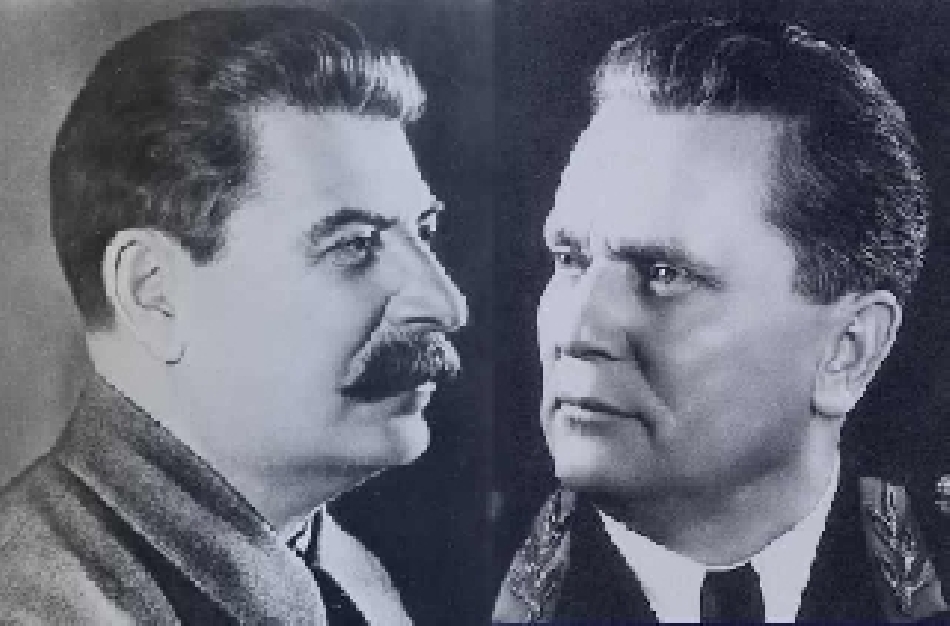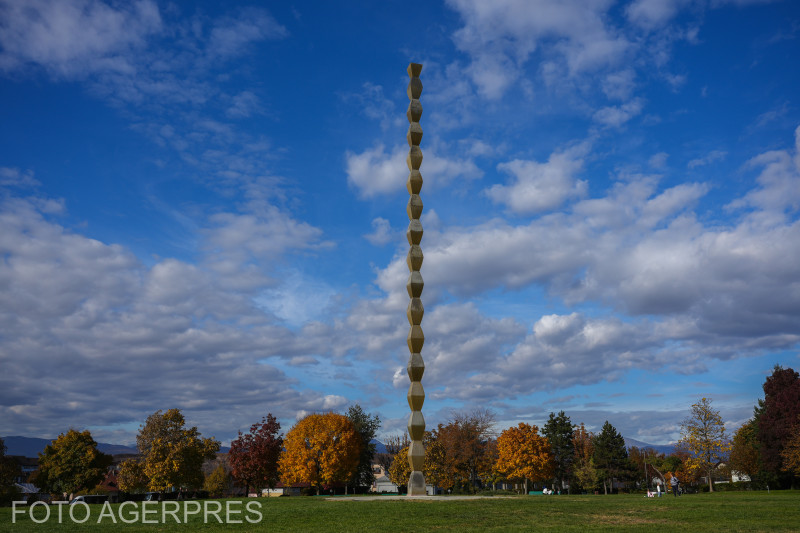The railway accident in Ciurea
World War One in Romania and its painful aftermath

Steliu Lambru, 18.01.2021, 14:00
Romania took sides with the French-Anglo-Russian
alliance in August 1916 and formally entered World War One. In the wake of
nearly four months of violent fight, on December 6, 1916, the German army
occupied Bucharest. The Romanian authorities fled the capital city withdrawing
to Moldavia, in the north, but their withdrawal was simply chaotic. All
throughout that chaotic period of time, in the last night of 1916, nearby Iasi,
the most serious railway accident in Romanian history happened. About 1,000
people lost their lives as an oversized and overloaded train derailed in the
locality of Ciurea.
The historian Dorin Stanescu specializes in the
history of Romanian railways. He made an in-depth research of the great
accident. According to Dorin Stanescu, along a railway network of 1,330
kilometers in Moldavia, 1,000 locomotives and roughly 25,000 railroad carriages were
pulled over, that is Romania’s entire railway fleet, which literally blocked the
railroad lines, while the rolling of trains became very difficult.
Dorin Stanescu:
As the Romanian army was withdrawing to
Moldavia, a train was departing from Galati on December 30, 1916, at a time
when the city of Galati was under the German bomb-shelling and the German
occupation of the city could hardly be avoided. The train was overloaded,
heading for Iasi. There was a couple of hours’ delay in the scheduled departure
of the train. It was an overcrowded train, since many civilians wanted to go to Iasi.
Joining them were GIs who were on leave and obviously had to return to their
military units, there were also several Russian soldiers on board the train. We
must say that among those who boarded that train there were such personalities
as that of former finance minister Emil Costinescu, then there was the daughter
of former French ambassador to Bucharest, Yvonne Blondel as well as the geographer
George Valsan.
Dorin Stanescu:
The train became overcrowded as
other carriages were added along the route, while people were literally storming
those carriages. Very many people opted for boarding the train at all costs,
using event the rooftops of the carriages. So from one railway station to the
next the train was getting longer and got more and more crowded. Now, if we
think of the size of the carriages that were rolling at that time and their
available space and if we check the number of passengers as against the
available compartments, the buffers-and-chain coupling system of the carriages
and the rooftops, and examining the accounts as regards the number of carriages,
we may find out that no less than 5,000 people were on board the train, whereas
the train had a seating capacity for no more than 1,000 people. Everybody was desperate
to flee Galati, while the GIs were desperate to make it to their military
units.
On December 31, 1916, the train departing from Galati
and having Iasi as its destination point was reaching its final leg. But this
final part of the journey would be a tragical one.
Dorin Stanescu:
On December 31, 1916, the train
reached the town of Barlad and was stationed there during the night of December
30 to December 31. The following day the train rolled on, there were 120
kilometers to roll before reaching Iasi. The train hit the railway station of
Ciurea at about 12 am, the locality and the railway station were just a couple
of kilometers away from the city which was lying along a valley. It was a harsh
winter and the snowfalls had been abundant. When the train began rolling
downward along the slope, the mechanics activated the brake system.
Unfortunately, the train was so crowded that the people who were responsible
for that could not activate the proper mechanism of the carriages which had
hand brakes that were manually operated for each carriage, so that the train could
be slowed down. The train was rolling at high speed and ran off its rails.
In the railway station of Ciurea, all the rails were
full of passenger carriages and cistern tanks with a liquid cargo of oil. When
the train ran off its rails it bumped into other carriages which caused a terrible deflagration. According to eyewitness accounts, the explosions were quite like
a small-scale earthquake. Many people were thrown off in the snow but many more
died because they were crushed between the carriages, while others got killed
in the explosions. Estimates of that time reported as many as 1,000 deaths.
The aftermath of the terrible accident was
predictable, and the survivors and their descendants claimed justice.
Dorin
Stanescu:
Quite a few of the victims or their successors tried to file lawsuits
against the Railway Company and the Romanian army to receive compensations. The
case stalled, obviously, and the legal conclusion was that the territory was
under the jurisdiction of the army and the damage fell under the category of
war damage. Oftentimes the dead person takes all the blame, in Romanian
society. All the inquiry committee chose to say was that, because of the people
on board who blocked the maneuvers the personnel was supposed to make, the
train could not be stopped. There is a similarity with another accident that
happened in a similar context, this time in France. On December 12, 1917, in
the region of Savoy, a train loaded with French soldiers who were on leave, as it was
rolling along a hill, ran off its rails; the aftermath of that accident was
about the same, and so were the conclusions of the inquiry. Nobody was held
accountable for that tragedy. That train was also overcrowded and 400 people
died. Scapegoat hunt back then was purposefully avoided, and it was the war
that pleaded guilty.
The accident in Ciurea, on the New Year’s Eve of 1917,
was quite uncommon at that time. However, the war itself is something which is
quite uncommon.
(Translation by Eugen Nasta)






























